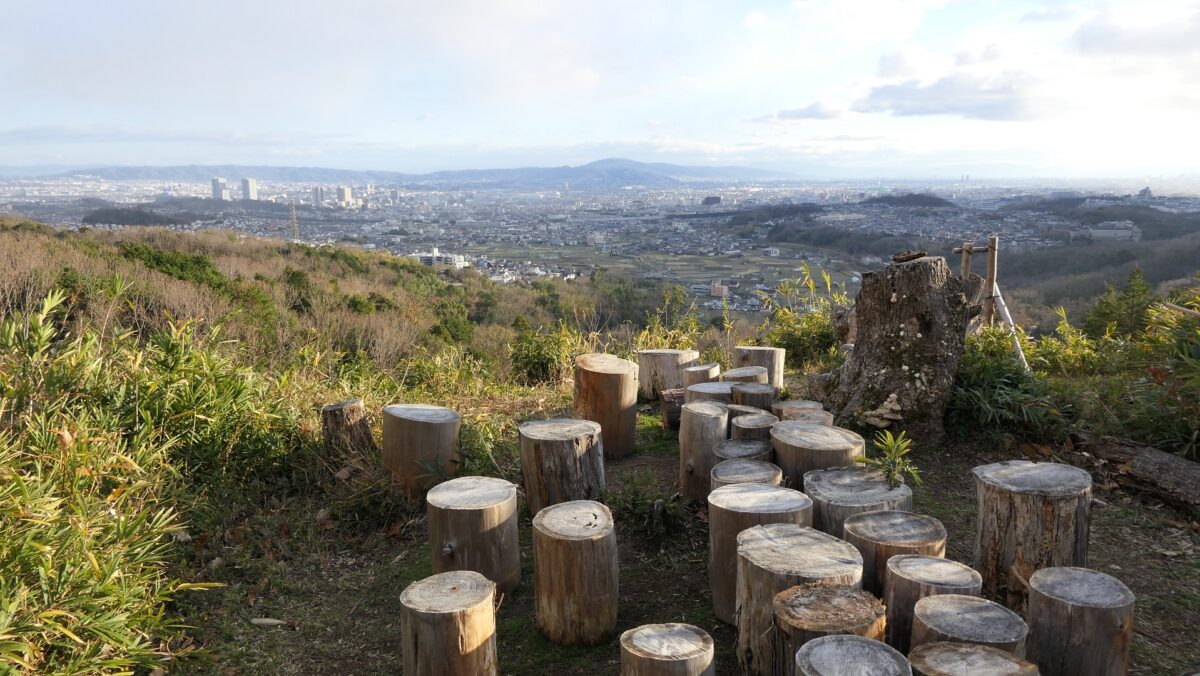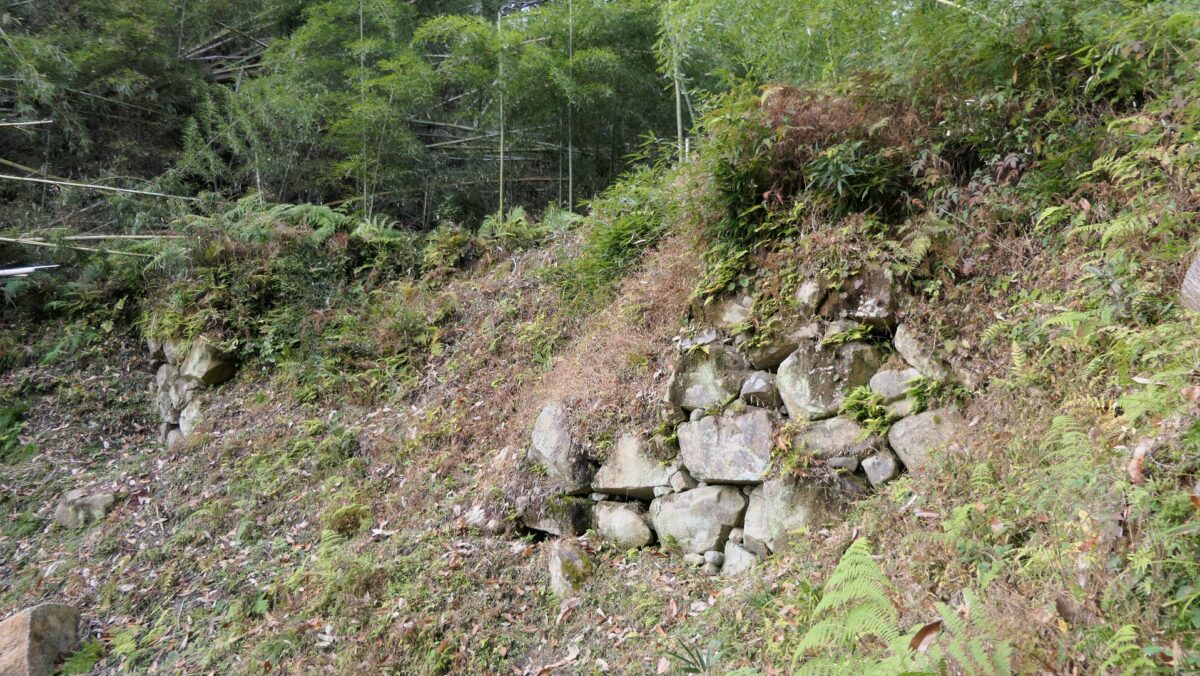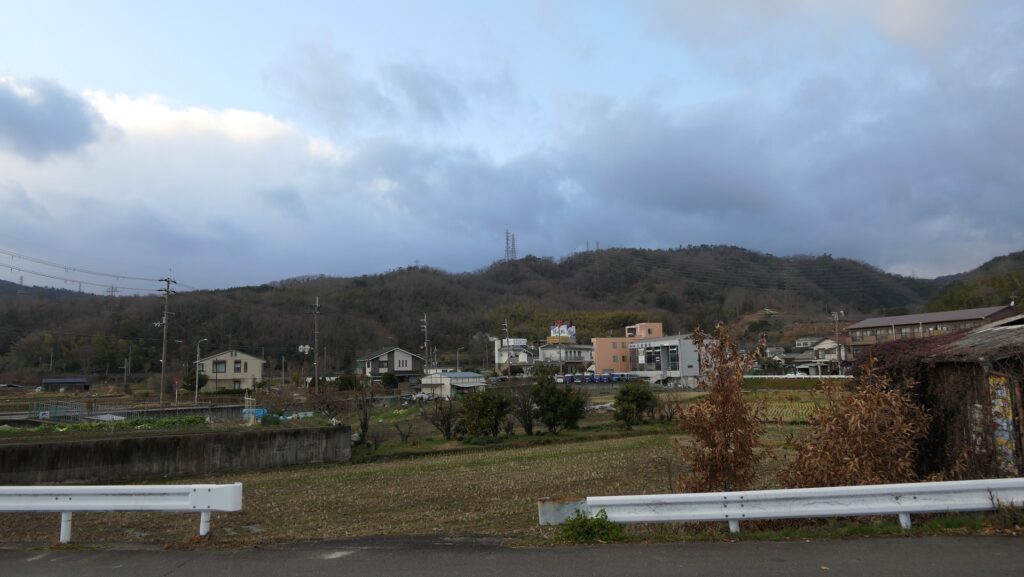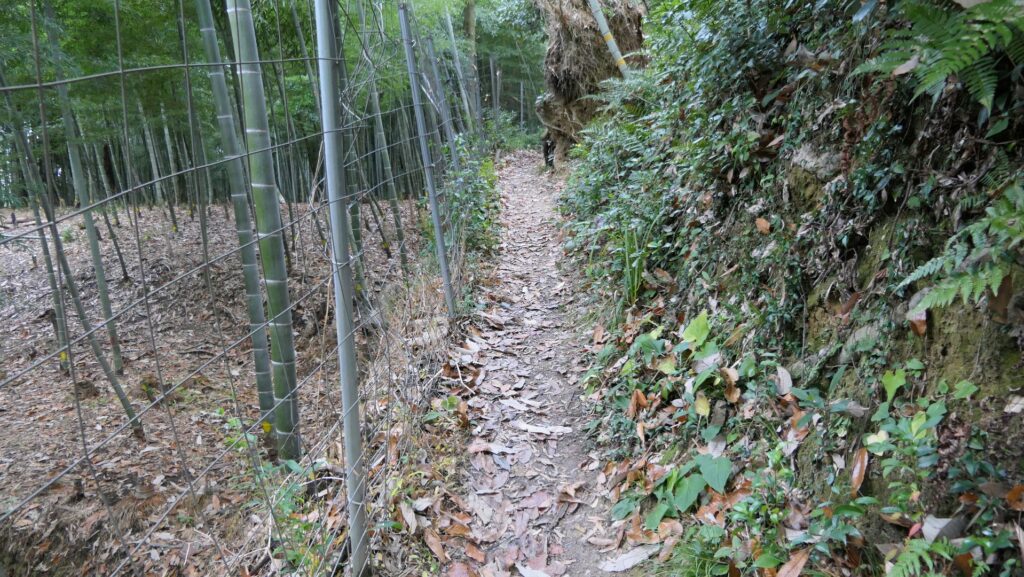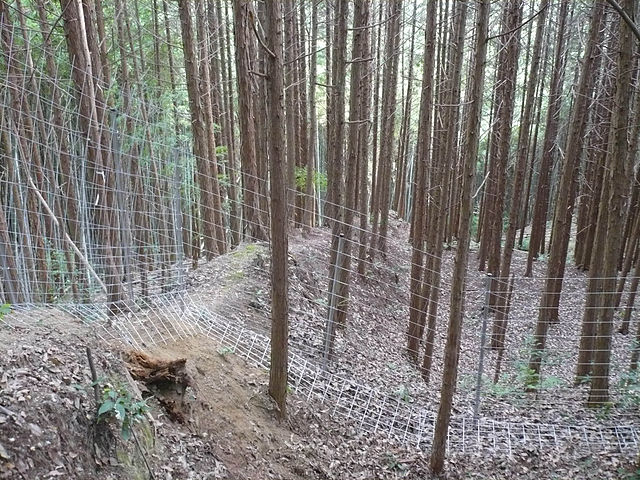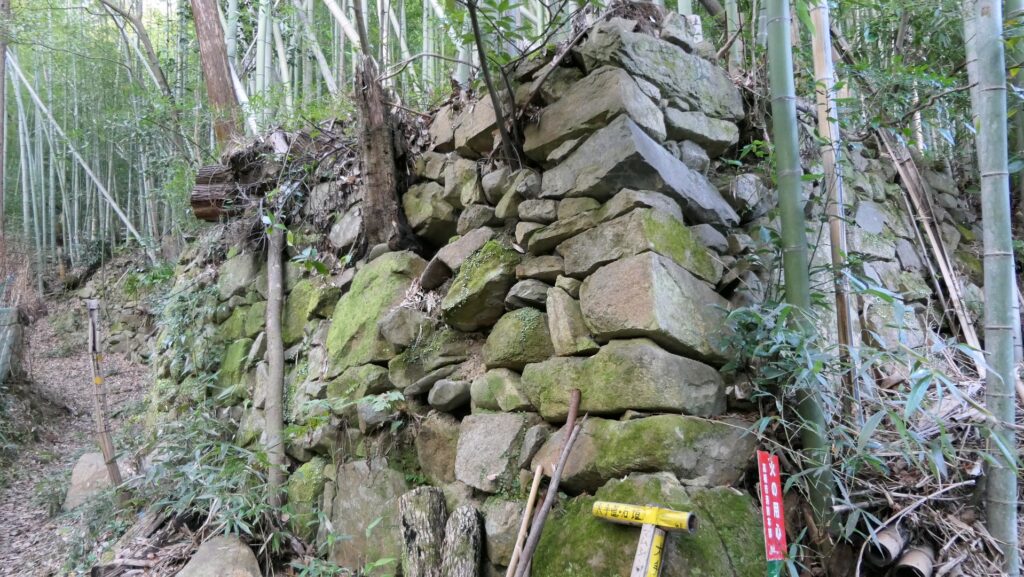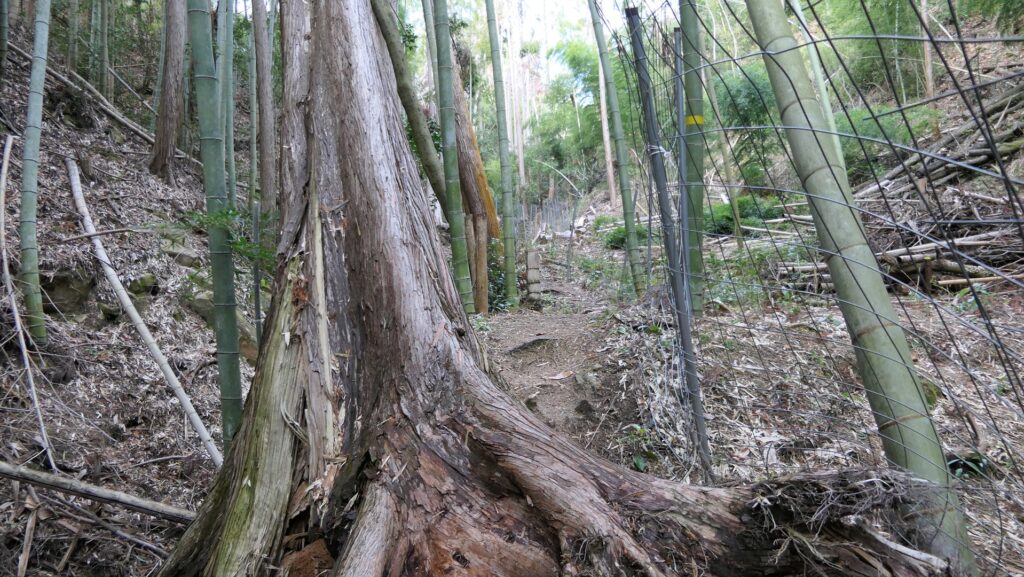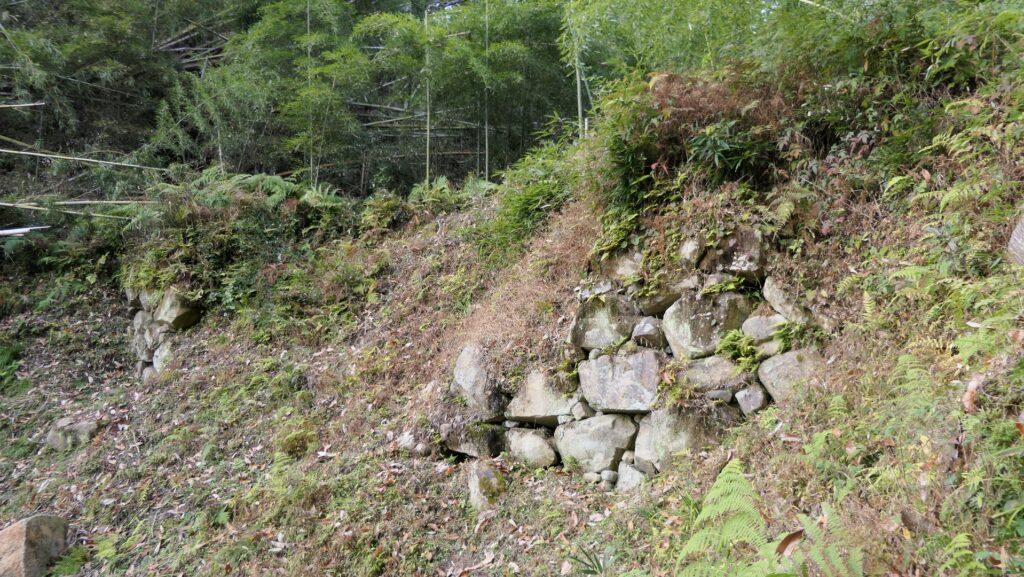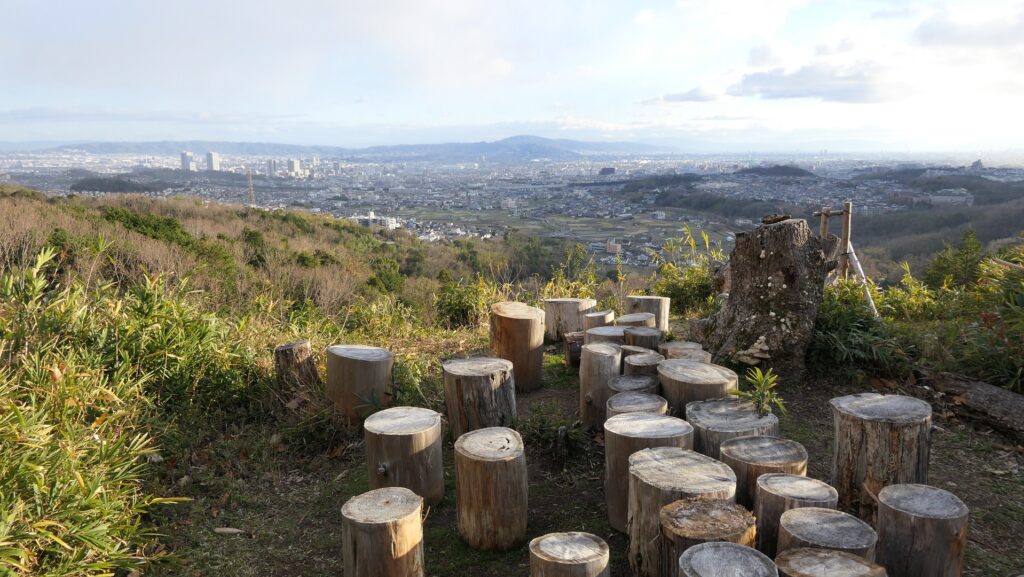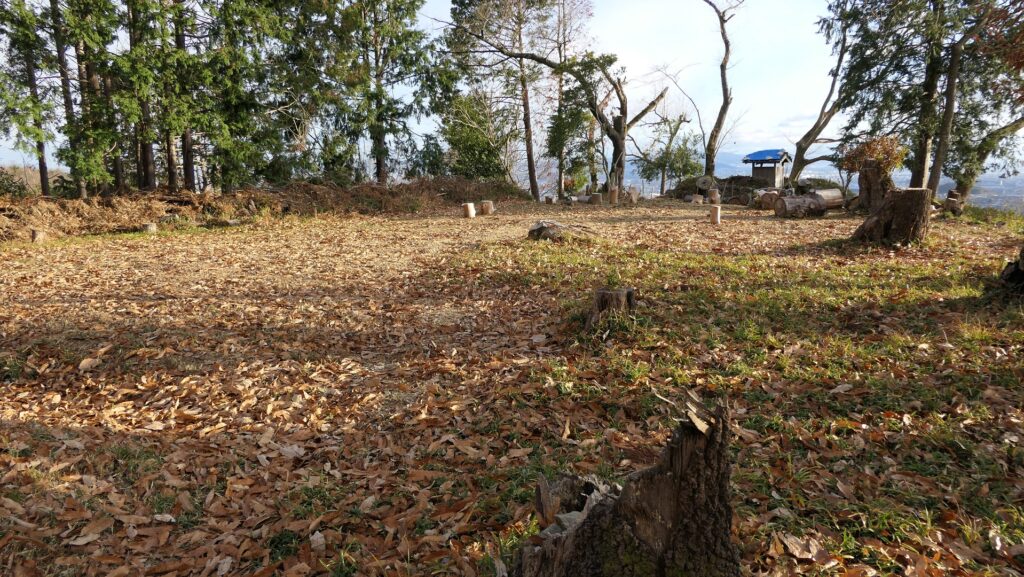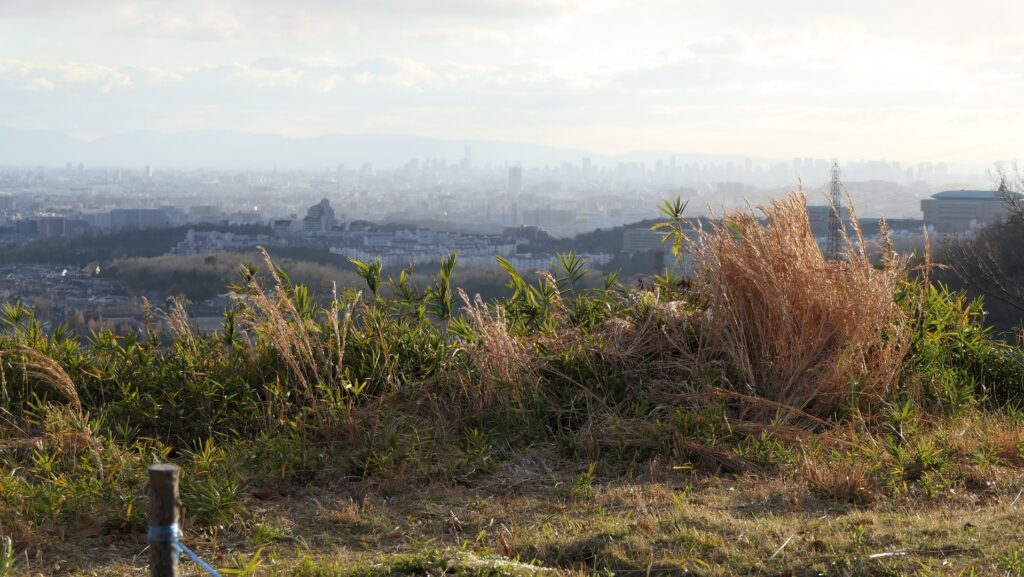Later History
After Akutagawa-san Castle was abandoned, part of the ruins was turned into a farm. In the Edo Period, people at a village on the foot of the mountain built a shrine for worshiping Nagayoshi Miyoshi on the top. The shrine is still there. Takatsuki City has continued to investigate and study the ruins of the castle since 1993. It found that the castle was unique and important in Japanese history. It also aims to have the ruins designated as a National Historic Site.
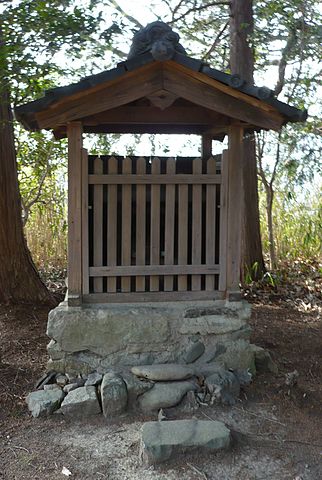
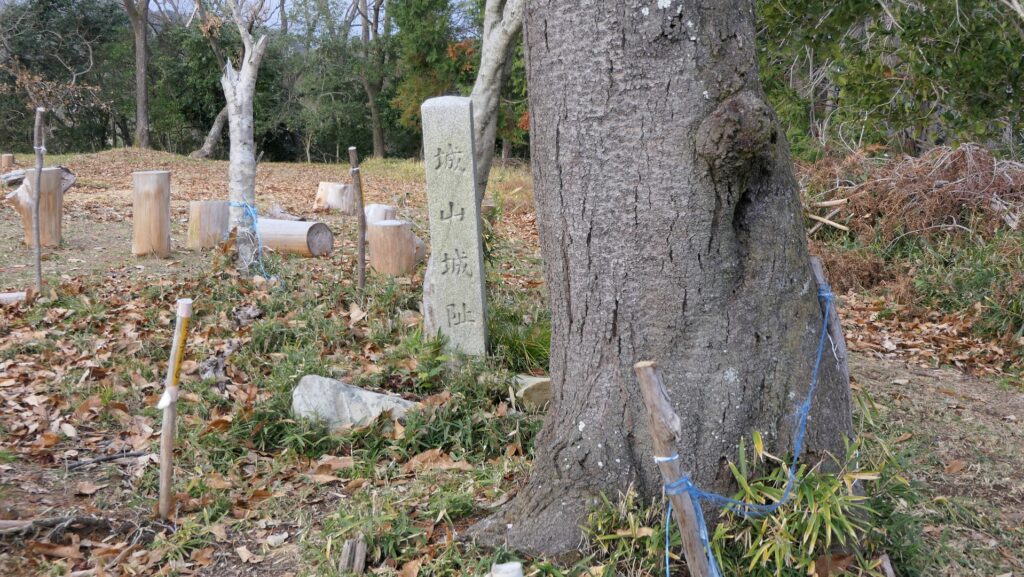
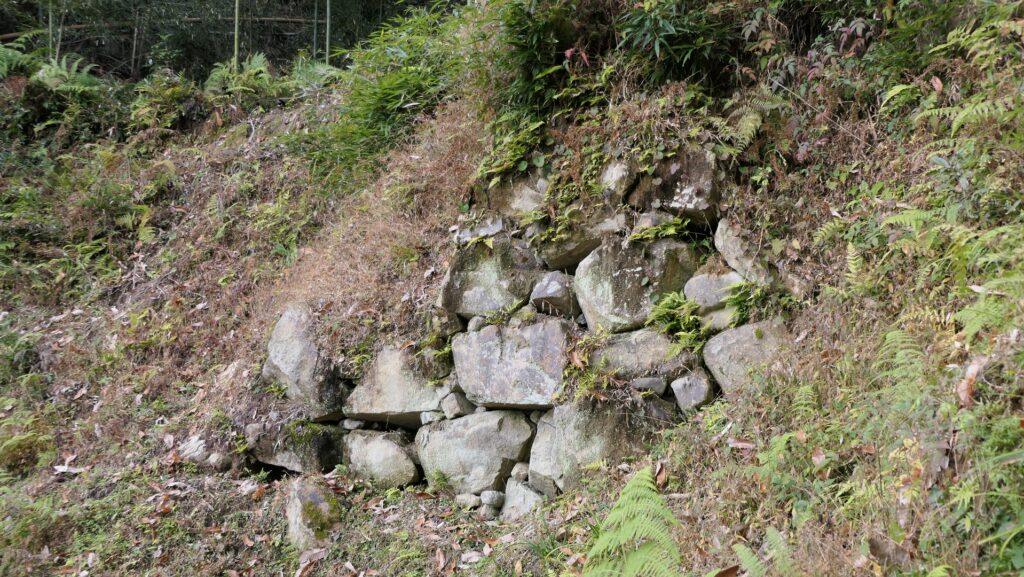
My Impression
When I stood on the top of the mountain, I felt that I found the reason why Nagayoshi chose this castle as his home base. It could be because he was able to see his Settsu Province from the top of the mountain. This would allow him to see what was happening in the province, and easily rush there if needed. In addition, the castle provided him with enough security to live. I was also wondering if he considered Ikoma Mountains as his next home base when he saw them from Akutagawa-san Castle. If he could have a castle on the mountains, he would monitor his province from both sides of the north and south, which would make his governance more stable.

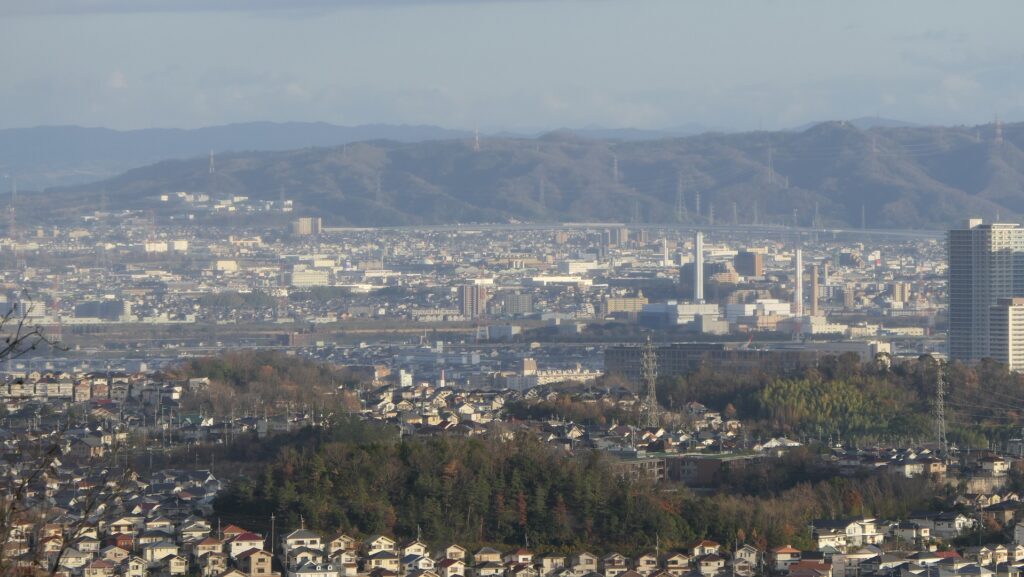
How to get There
Take the Takatsuki City Bus bound for Tsukawaki or Shimonokuchi from JR Takatsuki Station and get off at the Tsukawaki bus stop.
To get to Takatsuki Station from Tokyo: Take the Tokaido Shinkansen Super Express, and transfer to the Kyoto Line at Kyoto Station.
Links and References
・Takatsuki City Official Website (Access to the Summit of Mt. Miyoshi)
That’s all.
Back to “Akutagawa-san Castle Part1”
Back to “Akutagawa-san Castle Part2”

